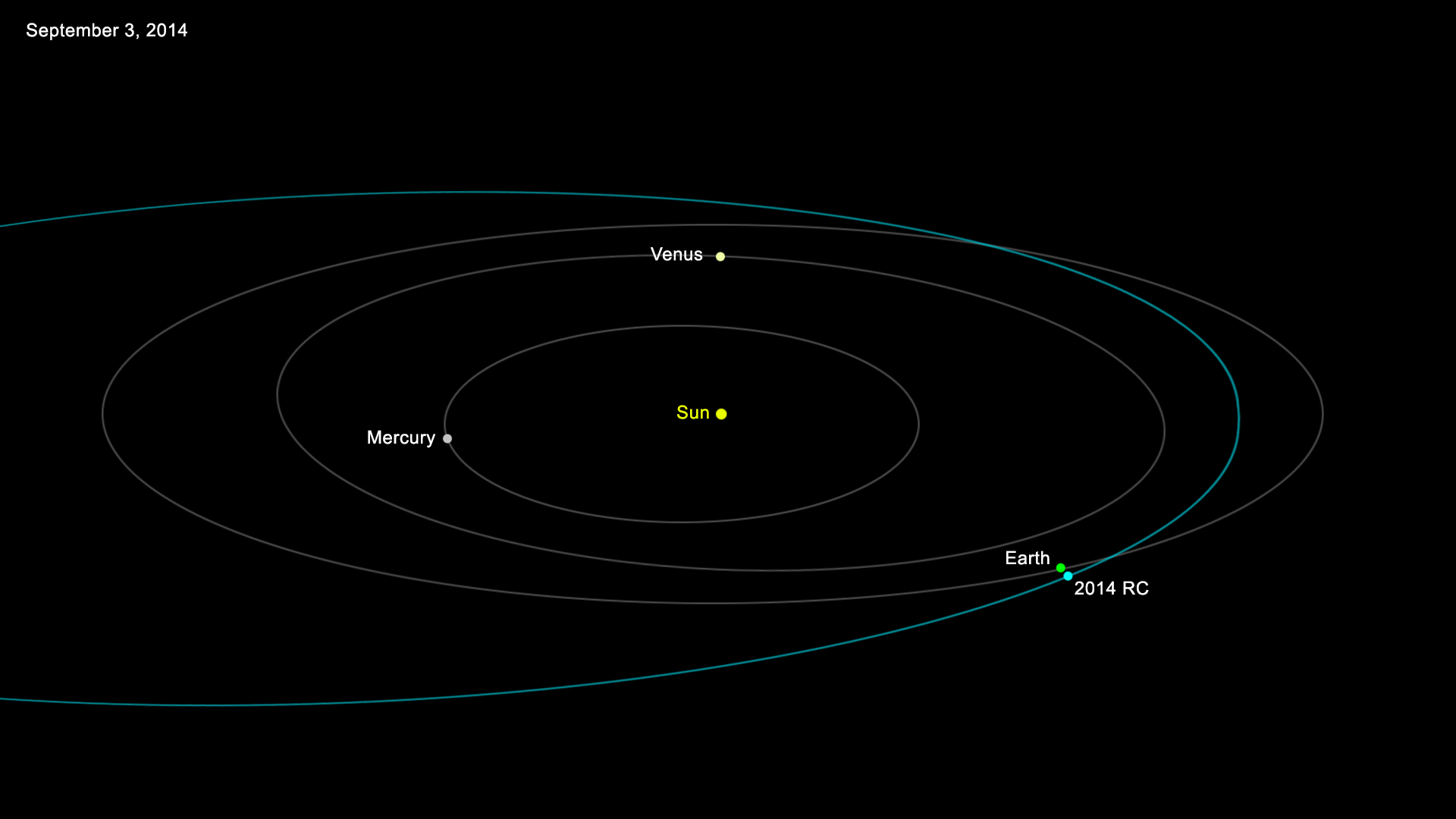Ganymede, Enceladus, new life search playgrounds!
Oce Eeco stashed this in Planetary Science
tl;dr: Hubble Space Telescope has the best evidence yet for an underground saltwater ocean on Ganymede, and Cassini-Huygens mission provides first clear evidence that Saturn’s moon Enceladus exhibits signs of present-day hydrothermal activity. A confirmation that future moons explorations are essential for the search of life as we know it.
Exoplanets aren't the only places where we are seeking for extraterrestrial life forms: it could happen in our very own solar system, especially on the mysterious moons it hosts.
**Ganymede**
We got a great example of it 3 days ago with the recent evidence published by NASA and ESA ’s Hubble Space Telescope on Jupiter's largest moon Ganymede.
>NASA Hubble Space Telescope images of Ganymede's auroral belts (colored blue in this illustration) are overlaid on a Galileo orbiter image of the moon.
Important quotes from the article:
Identifying liquid water is crucial in the search for habitable worlds beyond Earth
Ganymede is [...] the only moon with its own magnetic field. The magnetic field causes aurorae [...] Because Ganymede is close to Jupiter, it is also embedded in Jupiter’s magnetic field. When Jupiter’s magnetic field changes, the aurorae on Ganymede also change, “rocking” back and forth.
By watching the rocking motion of the two aurorae, scientists were able to determine that a large amount of saltwater exists beneath Ganymede’s crust affecting its magnetic field.
Scientists estimate the ocean is 60 miles (100 kilometers) thick – 10 times deeper than Earth's oceans – and is buried under a 95-mile (150-kilometer) crust of mostly ice.
**Enceladus**
A second example is the case of Saturn's moon Enceladus in recently published data from the Cassini-Huygens mission, cooperative project of NASA, ESA and the Italian Space Agency.
>This cutaway view of Saturn's moon Enceladus is an artist's rendering that depicts possible hydrothermal activity that may be taking place on and under the seafloor of the moon's subsurface ocean, based on recently published results from NASA's Cassini mission.
Important quotes from the article:
Saturn’s moon Enceladus exhibits signs of present-day hydrothermal activity which may resemble that seen in the deep oceans on Earth.
“These findings add to the possibility that Enceladus, which contains a subsurface ocean and displays remarkable geologic activity, could contain environments suitable for living organisms,” said John Grunsfeld astronaut and associate administrator of NASA's Science Mission Directorate in Washington.
"It's very exciting that we can use these tiny grains of rock, spewed into space by geysers, to tell us about conditions on -- and beneath -- the ocean floor of an icy moon," said the paper’s lead author Sean Hsu, a postdoctoral researcher at the University of Colorado at Boulder.
the mission soon revealed a towering plume of water ice and vapor, salts and organic materials that issues from relatively warm fractures on the wrinkled surface. Gravity science results published in 2014 strongly suggested the presence of a 6-mile- (10-kilometer-) deep ocean beneath an ice shell about 19 to 25 miles (30 to 40 kilometers) thick.
> This illustration depicts potential origins of methane found in the plume of gas and ice particles that sprays from Enceladus.
Source: http://www.nasa.gov/press/2015/march/spacecraft-data-suggest-saturn-moons-ocean-may-harbor-hydrothermal-activity/
**The Miller–Urey experiment**
The presence of geysers is awesome cause it means not only the presence of liquid water, but also heat!
liquid water + heat
We're not far at all from the Miller–Urey experiment which proved how it was possible to create primordial complex molecules essential to life in the early years of our planet.
Here's a representation of the experiment:
> (Credit: Carny at he.wikipedia)
So, what's missing?
☑ Liquid water
☑ Heat source
☑CH4
☐ H2? CO? CO2? NH3?
☐ Electric sparks?
We're getting closer!
**Conclusion**
Such exciting evidence confirms that sending missions to explore our neighbor's moons are essential for the search of life as we know it.
It's now time to dream for a space submarine exploring Ganymede's and Enceladus' ocean!
Christopher Nolan, if you read me, you know what to do.
Stashed in: Awesome, NASA, NASA to Me, Space!, SETI, Science beauty, space, Life Search
Took me some time to write and I'm pretty sure it will get lost on Linkedin, so I hope you'll appreciate it here!
I really do appreciate this here!
It seems like there are two big recent breakthroughs: the discovery of water, and the discovery of conditions that could allow some form of life to live there.
Water itself isn't, water is present everywhere in the solar system, but under ice or gaz form. For example the north pole of Mars has water ice, the comets are mostly made of ice etc...
But the big thing is liquid water, as it was essential to the development of life on Earth.
For Enceladus, the presence of geysers is awesome cause it means not only liquid water, but also heat!
liquid water + heat, we're not far at all from the Miller–Urey experiment which proved how it was possible to create primordial complex molecules essential to life in the early years of our planet.
(Credit: Carny at he.wikipedia)
Edited the stash with the Miller-Urey part.
Ah, liquid water plus heat are necessary conditions for life as we know it.
That makes sense and reminds me of the theory that life is a consequence of light:
















5:22 PM Mar 15 2015